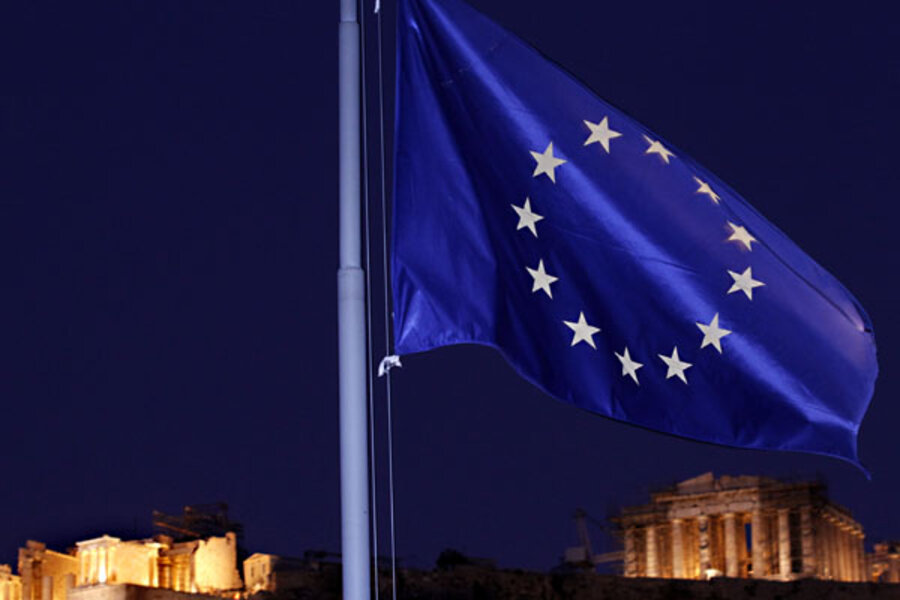S&P downgrades the Eurozone bailout fund
Loading...
In case you stopped keeping score:
The beleaguered nations of Europe created a program called EFSF (European Financial Stability Facility) to help sovereign debt issuers and Euro Zone banks cope with the ratings agency cuts to their debt ratings and rising interest rates they'd be forced to pay on their bond issuance.
And yesterday Standard & Poors downgraded the EFSF itself.
From the Financial Times:
Standard & Poor’s on Monday stripped the eurozone’s bail-out fund of its AAA credit rating, potentially constraining its ability to contain the region’s debt crisis and focusing attention on efforts to create a more robust successor.
S&P lowered the European Financial Stability Facility’s rating to AA+, following its decision on Friday to remove the triple-A ratings of France and Austria, two of the find’s guarantors.
The EFSF relies on the triple-A ratings of its guarantors to raise cash in debt markets, which it then lends to stricken eurozone governments at a small mark-up. France and Austria account for some €180bn of the credit guarantees underlining the fund, created after the first Greek bailout in May 2010 and supposed to serve as a firewall sealing the eurozone’s core economies from the crisis.
But here's the punchline - European stocks are up this morning overseas as are US stock futures (as of 3:30 am), proving my theory that our markets are no longer capable of surprise at most Euro-related headlines. We got better than expected data from China and that's really all the market cares about now.








